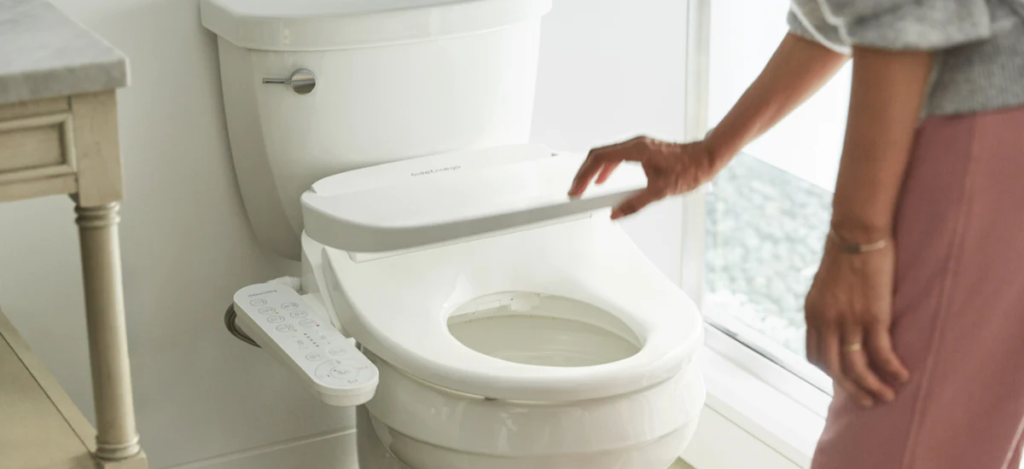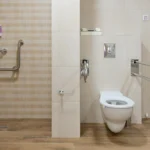In the realm of personal hygiene, bidets have become a topic of robust debate, often shrouded in misconceptions. Here, we will turn to scientific evidence and expert opinions to dispel myths surrounding the use of bidets.
In the age of information, the ability to discern truth from fiction is a critical skill. Yet, the spread of myths and misconceptions can often outpace the truth, leading to confusion and misinformation.
This is where the importance of sharing scientific evidence and expert opinions comes into play. By bringing these two elements to the forefront, we can dispel myths and promote a more informed society.

Understanding Bidets
Bidets are bathroom fixtures or devices used for cleaning the genital and anal areas. While they are commonplace in parts of Europe and Asia, their usage is steadily increasing worldwide. However, with this growing popularity come various myths and misconceptions.
The Power of Scientific Evidence
Scientific evidence plays a crucial role in debunking myths about bidets. Several studies have explored bidets’ effects on health and hygiene. For example, a systematic review published by Hindawi examined the habitual use of bidets in benign perianal disease.
The study suggested that bidets could offer a convenient and effective alternative for symptom relief, contradicting the myth that bidets are unnecessary or even harmful.
Another study published in the European Journal of Public Health highlighted the scarcity of scientific literature on this topic, especially concerning bidet-toilets. The side effects of bidet-toilet remain uncertain, underscoring the need for further investigation.
Expert Opinions Matter
Expert opinions help interpret scientific evidence and debunk myths. Experts can explain complex research findings in layman’s terms, helping the public understand the benefits and risks associated with bidet use.
For instance, a study published in the Journal of Water and Health investigated microbial contamination of hands with or without the use of bidet toilets.
The study provided evidence that a bidet toilet is effective at preventing microbial contamination, which experts can then translate into comprehensible information for the general public.
Overcoming Challenges
Despite the wealth of scientific evidence and expert opinions, misconceptions about bidets persist. This is partly due to confirmation bias, where individuals favor information that aligns with their pre-existing beliefs. Distrust in experts or scientific research can also pose challenges.
To overcome these hurdles, it is essential to communicate scientific findings effectively. This includes presenting information in a clear, relatable manner, addressing potential concerns, and building trust with the audience.
Experts can also collaborate with influencers or trusted figures to reach a broader audience and counteract myths.

Conclusion
Sharing scientific evidence and expert opinions plays a crucial role in debunking myths about bidets. By presenting factual information in an accessible way, we can foster a more informed society and encourage healthier hygiene practices.
In our complex and rapidly changing world, sharing scientific evidence and expert opinions is more important than ever to dispel myths and foster a well-informed society.
It requires not just knowledge, but empathy, patience, and effective communication. The effort is not small, but the rewards – a more informed, rational, and truth-driven society – are well worth it.
Click Here for more helpful articles on Bidet Attachments.





